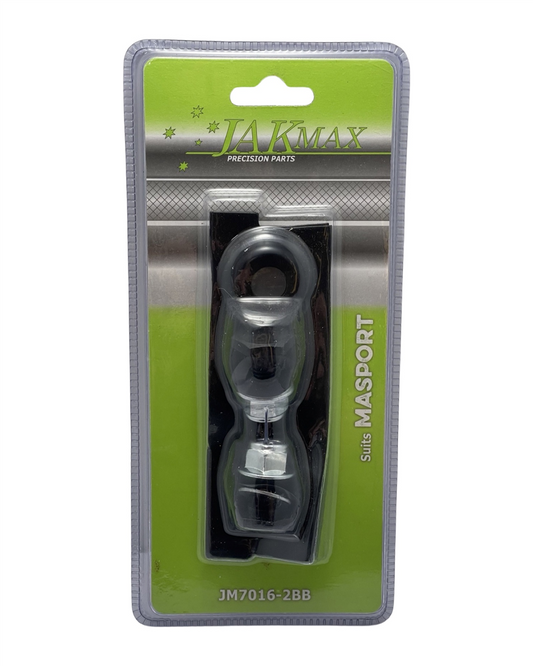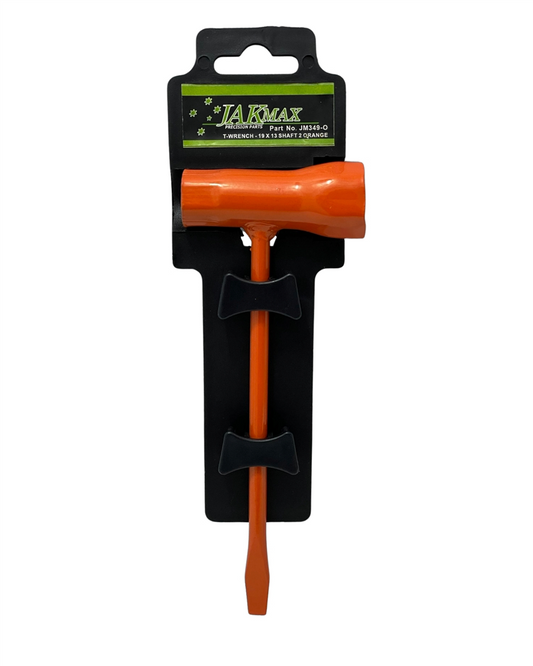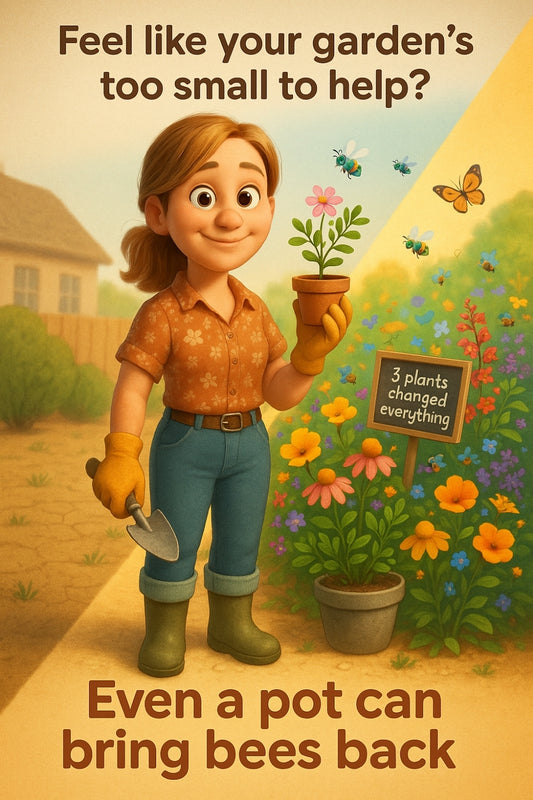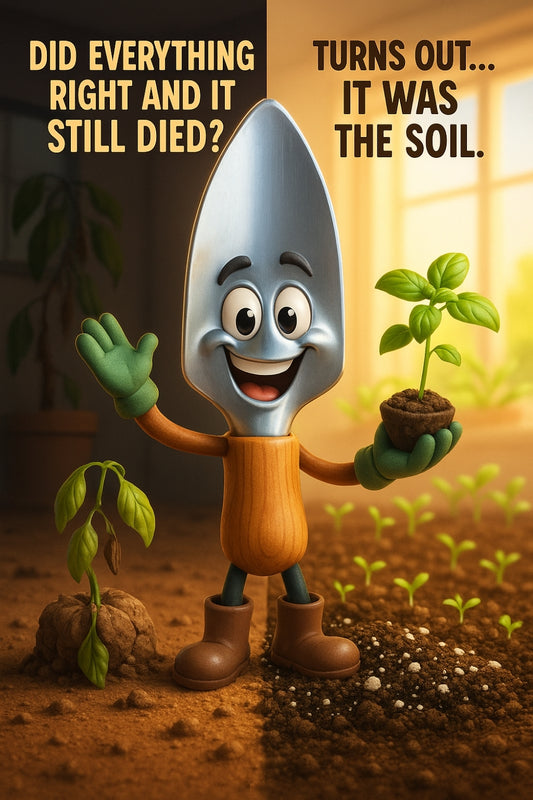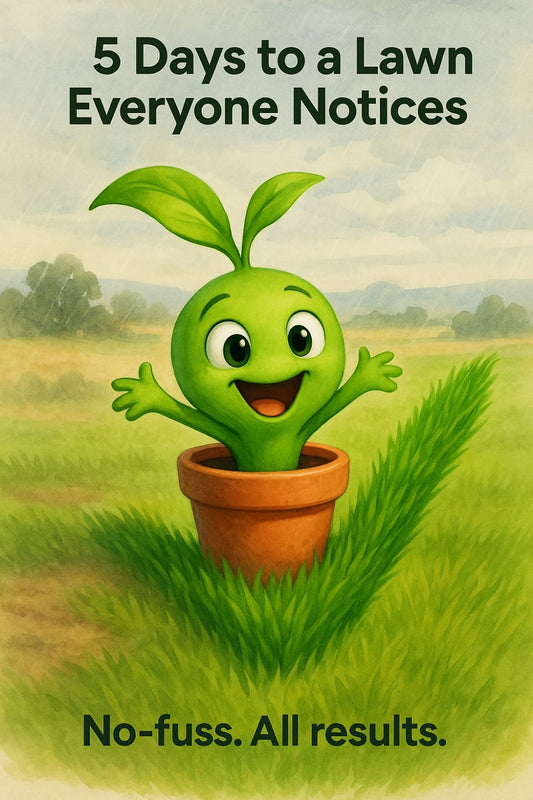Cyclone Tools can’t help if your sprinkler’s gasping—here’s why it’s not your fault
Share
The outdoor issue you can’t ignore — tracking down sprinkler problems before your plants give up
Your once-thirsty garden now looks more like it’s pouting. Dry patches under thriving roses, puddles at the path’s edge, and that faint hissing noise when no water’s coming out... sound familiar?
When a sprinkler system stops working the way it should, it’s not just annoying — it’s disruptive. You’ve probably spent time, effort, and Saturday mornings trying to create a backyard that actually feels good to be in. But now your veggies are wilting, the lawn’s going brown in weird stripes, and frustration is setting in.
“It’s usually something simple. The trick is knowing where to look first.” — Candeece
Start where the water starts
Before yanking out nozzles or re-digging pipes, do a quick check at the source.
- Is the tap fully turned on? It happens. A slight nudge from the dog or a little hand can knock it halfway shut.
- Has your timer stopped working? Plastic dials can slip or batteries might have quietly given up last week.
- Look for leaks or kinks in the hose connection — even a minor drip can mess with whole-zone pressure.
Starting at the tap keeps things simple. You want to rule out the easy bits before pulling apart your system like a weekend plumber.
Next, check the controller (if you use one)
Sprinkler timers and digital schedulers are brilliant — until they’re not. A power cut, daylight saving change, or a curious toddler pressing buttons can leave things completely out of sync.
- Reset the timer to default, then reprogram it.
- Double-check the clock and run days — some models reset to US time zones or skip weekdays if not adjusted.
- Still no luck? Try fresh batteries or a hard reset (check the manual).
One local gardener told us how he spent weeks thinking a solenoid was broken… turns out the controller had frozen mid-cycle after a lightning storm. A quick reboot and it was back like nothing happened. Tech, hey?
Dry spots or soggy mess? That’s your system talking
Sprinklers are chatty — not with sound, but the patterns they leave behind.
- Dry patches often mean blocked nozzles or incorrect positioning. That pop-up head might not be popping.
- Soggy spots could be from a cracked pipe, stuck valve, or a head misaligned to pour water in one area.
- Uneven water pressure usually signals a blockage (hello, leaf mulch) or too many sprinklers running on one zone.
Find one trouble zone? Compare the spray coverage with a healthy area. Are all heads rising smoothly? Are they turning, misting, or just trickling? Water should whisper—not scream or splatter.
How to unblock a clogged sprinkler head
This one’s easier than you think (and oddly satisfying).
- Turn off the water supply completely.
- Unscrew the spray head. Most come off with a gentle twist.
- Rinse under running water and poke out debris with a paperclip or soft wire.
- Flush the system for a few seconds before re-fitting.
Still not spraying properly? Check if the head itself is damaged. Age, wear, or sun exposure can turn plastic brittle — if it crumbles in your fingers, it’s time for a new one. We keep a range of replacements suited for South Australian conditions in-store if you're unsure which type you need.
Dealing with underground problems
This is where things can get trickier — but not impossible. If you’re noticing a drop in performance across the entire system, the issue may be lurking underground.
Look for:
- Visible wet spots or bubbling that never dry out — signs of a pipe leak.
- Plant roots lifting up buried pipe sections.
- Sluggish flow across every zone — might indicate a worn-out valve or calcified lines (common if you’re on bore or hard water).
For surface-level setups, repairs can be DIY-friendly. Flexible connectors and joiners are your mates. But if you’re not keen to spend the weekend with a shovel and muddy knees, calling in a local irrigation specialist might save you time (and a few swear words). If that feels intimidating, drop by our garden desk — we’ll point you in the right direction, jargon-free.
When sprinkler frustration becomes obsession: a short tale
One gardener we spoke to named her front yard “Fizz”. Not after a champagne lifestyle — but after the sound one sprinkler head started making every time it tried (and failed) to turn. She’d watch it every morning with her coffee, willing it to work. Long story short? A cracked riser. Eight-minute fix. “Fizz” now grows daisies like a meadow.
And that’s the thing about sprinkler issues — they often look more complicated than they are. The fix is half curiosity, half persistence.
What this all means for your garden goals
A working sprinkler system isn’t about lush lawns for the neighbours. It’s about consistency. Success in the garden comes from tiny actions stacking up — water delivered at the right time, plants growing without the stress of boom/bust watering habits.
Getting your watering sorted means you’ll stop guessing, your plants stop stressing, and you get to actually enjoy the space you’re creating instead of battling it.
Here’s the bottom line:
When your sprinkler system breaks, it’s rarely the whole thing — just one piece out of sync. Fix that, and the whole garden breathes easier.
Still stuck? Bring a photo (or a dodgy head) into our garden centre — we’re happy to take a look and offer real advice. No appointment necessary, no technical talk. Just people who actually like helping fix stuff.
Happy watering,
Candeece
 Stay Connected
Stay Connected
Join our gardening community on Facebook: Urban Gardener's Notebook
And follow our Store Facebook Page: Strathalbyn H Hardware on Facebook



